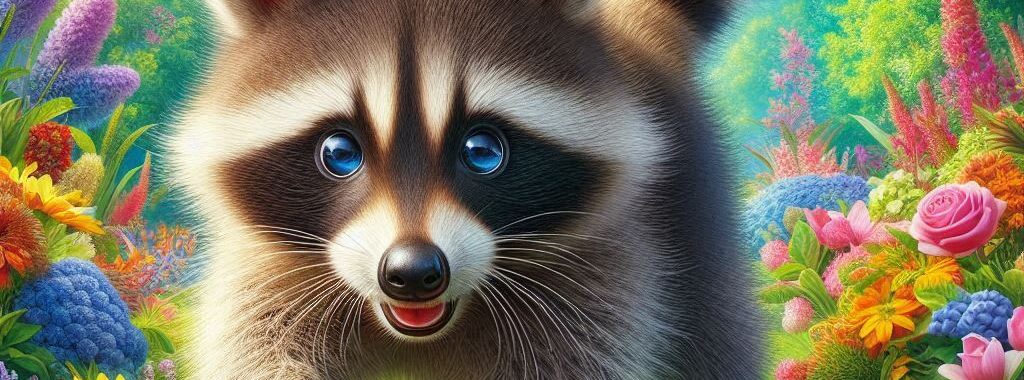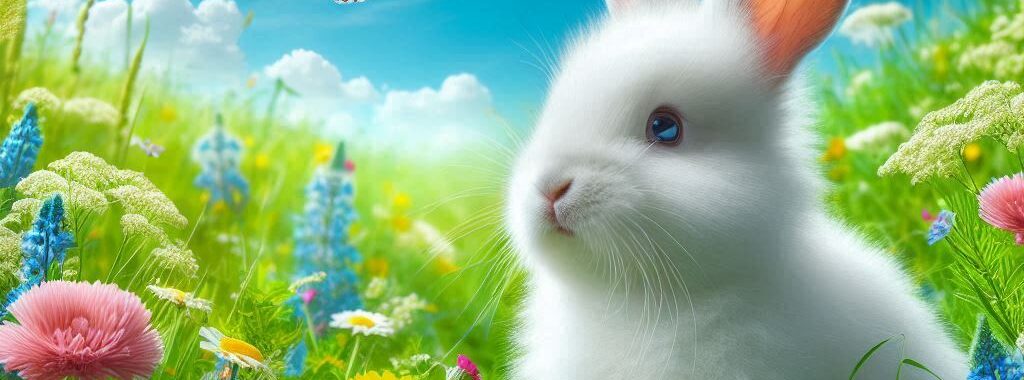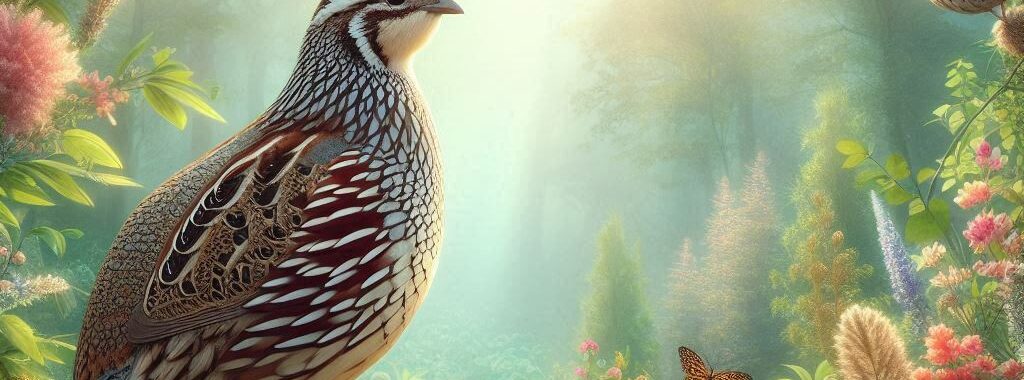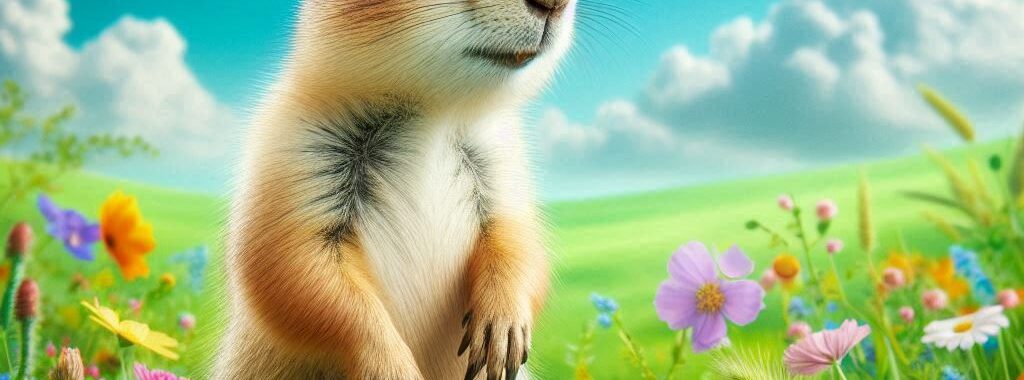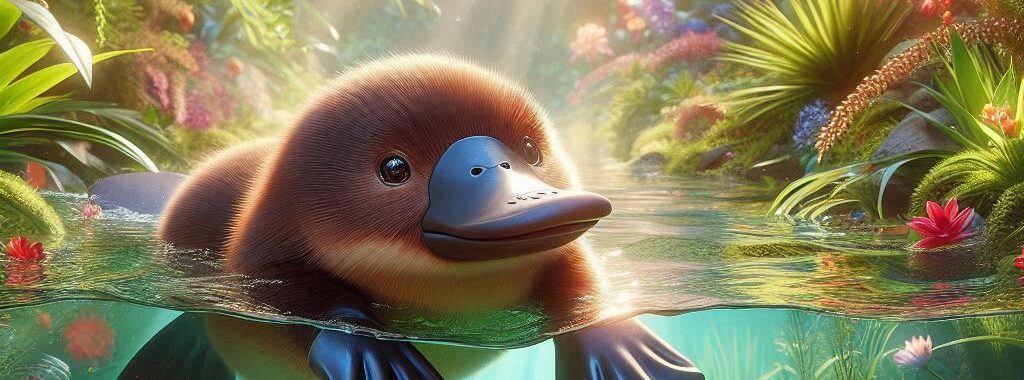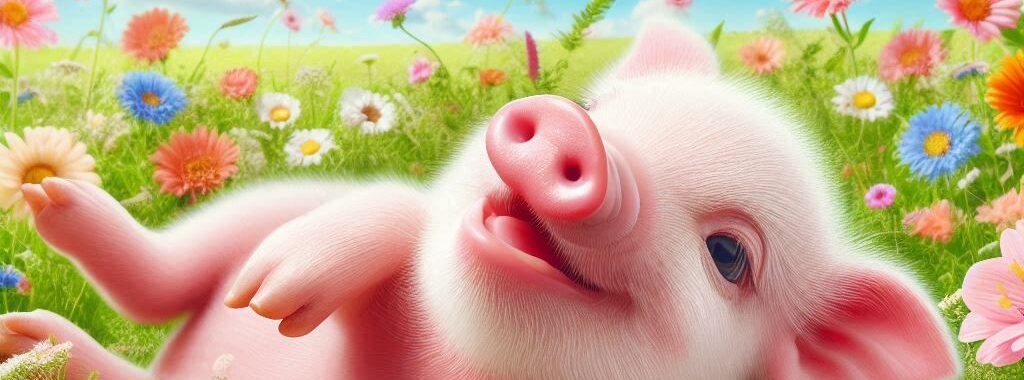Raccoon: A Comprehensive Overview Scientific Name: Procyon lotor Common Name: Raccoon Family: Procyonidae Habitat: Forests, urban areas, wetlands, riversides Diet: Omnivorous (fruits, insects, small animals, garbage) Lifespan: 2 to 3 years in the wild (up to 5-7 years in captivity) Conservation Status: Least Concern Introduction The raccoon is a highly adaptable, nocturnal mammal native to […]
Continue ReadingRabbit
Rabbit: A Comprehensive Overview Scientific Name: Oryctolagus cuniculus (European Rabbit) Common Name: Rabbit Family: Leporidae Habitat: Grasslands, meadows, forests, and agricultural areas Diet: Herbivorous (grasses, leaves, vegetables, fruits) Lifespan: 9 to 12 years in the wild (but often much shorter due to predation) Conservation Status: Least Concern (but some species are endangered) Introduction Rabbits are […]
Continue ReadingQuail
Quail: A Comprehensive Overview Scientific Name: Coturnix coturnix (Common Quail) Common Name: Quail Family: Phasianidae Habitat: Grasslands, agricultural fields, scrublands, and woodlands Diet: Seeds, berries, insects, and plants Lifespan: 2 to 3 years (in the wild) Conservation Status: Least Concern (Some species are endangered or threatened) Introduction Quail are small, ground-dwelling birds belonging to the […]
Continue ReadingPronghorn
Pronghorn: A Comprehensive Overview Scientific Name: Antilocapra americana Common Name: Pronghorn Family: Antilocapridae Habitat: North American grasslands, shrublands, and deserts Diet: Grasses, forbs, and shrubs Lifespan: 10 to 15 years in the wild Conservation Status: Least Concern (although some local populations may face threats) Introduction The pronghorn, often referred to as North America’s fastest land […]
Continue ReadingPrairie Dog
Prairie Dog: A Comprehensive Overview Scientific Name: Cynomys Common Name: Prairie Dog Family: Sciuridae (Squirrel Family) Habitat: North America (mainly the Great Plains) Diet: Grasses, seeds, roots, and some insects Lifespan: 3 to 5 years in the wild, longer in captivity Conservation Status: Least Concern (though some species are threatened or endangered) Introduction Prairie dogs […]
Continue ReadingPorpoise
Porpoise: A Comprehensive Overview Scientific Name: Phocoenidae (family) Common Name: Porpoise Habitat: Coastal waters and shallow seas around the world Diet: Fish, squid, and crustaceans Lifespan: 8-15 years depending on species Conservation Status: Varies by species (some are endangered) Introduction Porpoises are small to medium-sized marine mammals that belong to the family Phocoenidae, closely related […]
Continue ReadingPlatypus
Platypus: A Comprehensive Overview Scientific Name: Ornithorhynchus anatinus Common Name: Platypus, Duck-billed Platypus Habitat: Freshwater rivers, lakes, and streams in eastern Australia and Tasmania Diet: Invertebrates, small fish, worms, crustaceans Lifespan: Around 10 years in the wild Conservation Status: Near Threatened (IUCN) Introduction The platypus (Ornithorhynchus anatinus) is one of the most unique and bizarre […]
Continue ReadingPigeon
Pigeon: A Comprehensive Overview Scientific Name: Columba livia (Rock Pigeon) Common Name: Pigeon, Rock Pigeon Habitat: Urban areas, cliffs, forests, and agricultural regions Diet: Primarily seeds, fruits, and plants, with some insects Lifespan: 3 to 5 years in the wild; up to 15 years in captivity Conservation Status: Least Concern (for the Rock Pigeon, other […]
Continue ReadingPig
Pig: A Comprehensive Overview Scientific Name: Sus scrofa domesticus Common Name: Pig, Domestic Pig Habitat: Domesticated (found in farms worldwide) Diet: Omnivorous (plants, roots, fruits, small animals, and insects) Lifespan: 12 to 20 years (domestic pigs) Conservation Status: Not applicable (domestic animal, but wild relatives are classified as “Least Concern”) Introduction Pigs are one of […]
Continue ReadingPheasant
Pheasant: A Comprehensive Overview Scientific Name: Phasianidae (Family name for pheasants) Common Name: Pheasant Habitat: Open woodlands, grasslands, agricultural areas, and dense underbrush Diet: Omnivorous (seeds, fruits, insects, small invertebrates) Lifespan: Typically 1-3 years in the wild; can live up to 5 years in captivity Conservation Status: Generally Least Concern, but some species are at […]
Continue Reading
